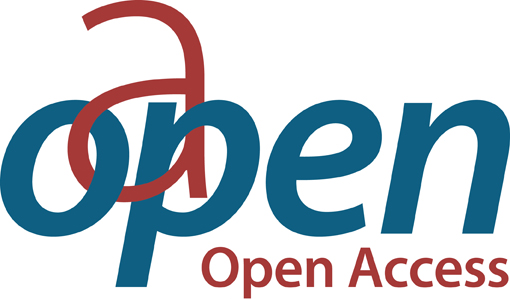Burning Diagrams in Anthropology
An Inverse Museum
Abstract
Burning Diagrams in Anthropology examines the use of diagrams in anthropology to reimagine how we think about, and challenge, intellectual histories. Highlighting the impossibility of escaping what different disciplines and institutions deem to be “past,” the author combines critical analysis of selected diagrams with an expansive, exploratory reimmersion in their aesthetic, ethical, and political potential. Diagrams persist. Yet while other visual components of scholarly work – especially photography, cartography, and film – have been subject to significant critical scrutiny, diagrams have received far less reflexive attention. Reversing this trend, Partridge presents a collection of 52 diagrams, covering a period of 150 years, to create an “inverse museum” – a space where the collection matters less than reactions to it. While the images are drawn from sociocultural anthropology, they are discussed in dialogue with approaches from philosophy, postcolonial studies, architecture, aesthetics, posthumanism, and critical art theory. Dissecting the notion of The Canon in order to confront academic complicity in hierarchical and racialized relations of inequality, the figurative burning of the title refers to how we might prepare the ground for scholarly work that meets the immediate, collective needs of an Earth in crisis – not least, by refusing adherence to disciplinary normalcy. By refusing this adherence, Partridge reaffirms knowledge creation in general, and anthropology in particular, as deeply ethical, creative, and relational processes.
Keywords
diagrams;anthropological theory;visual anthropology;critical history;temporality;transgression;relationalityDOI
10.53288/0468.1.00ISBN
9781685711740, 9781685711757Publisher
punctum booksPublisher website
https://punctumbooks.com/Publication date and place
Brooklyn, NY, 2024Imprint
Dead Letter OfficeClassification
Social and cultural anthropology
Graphic design


 Download
Download